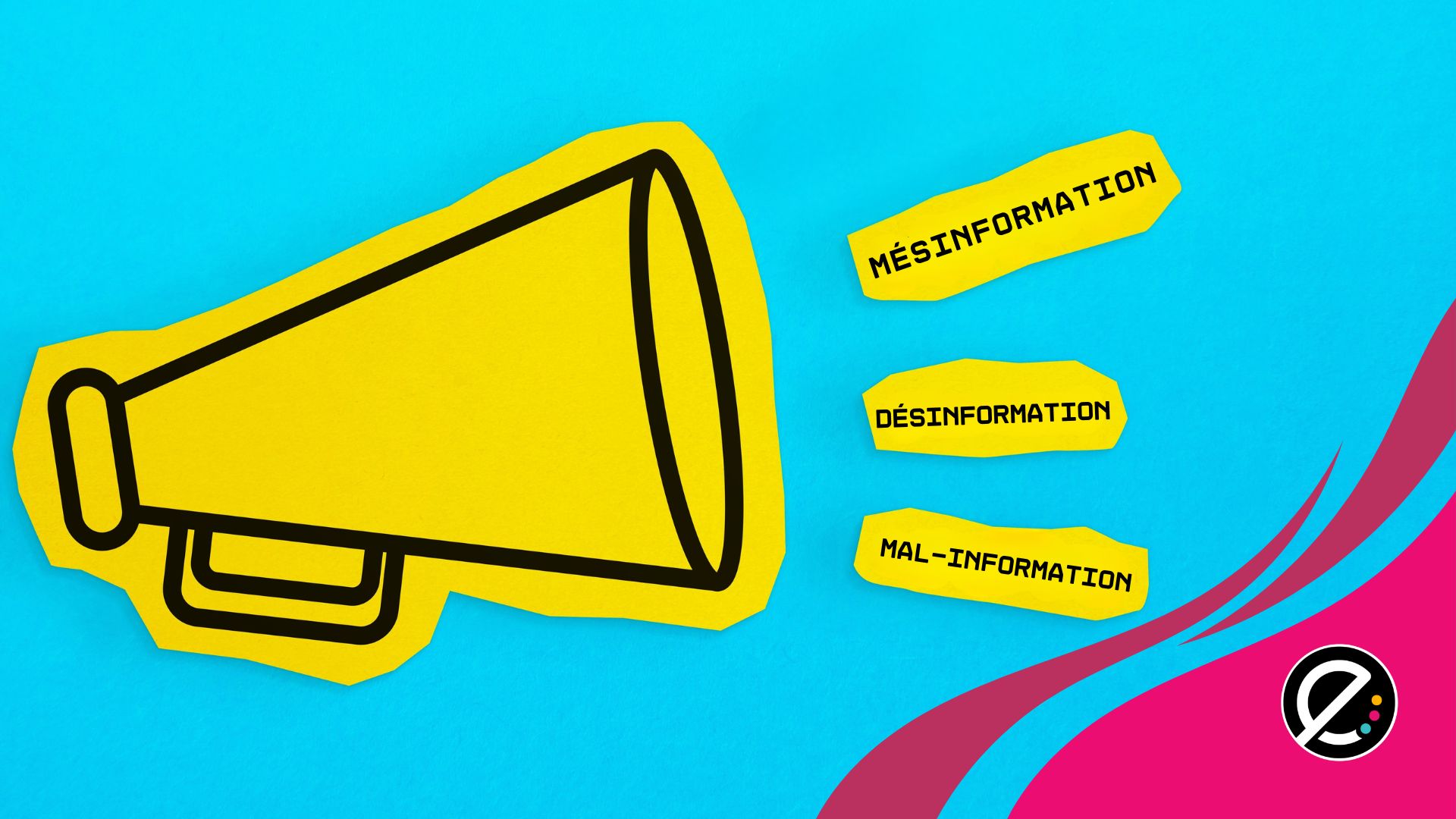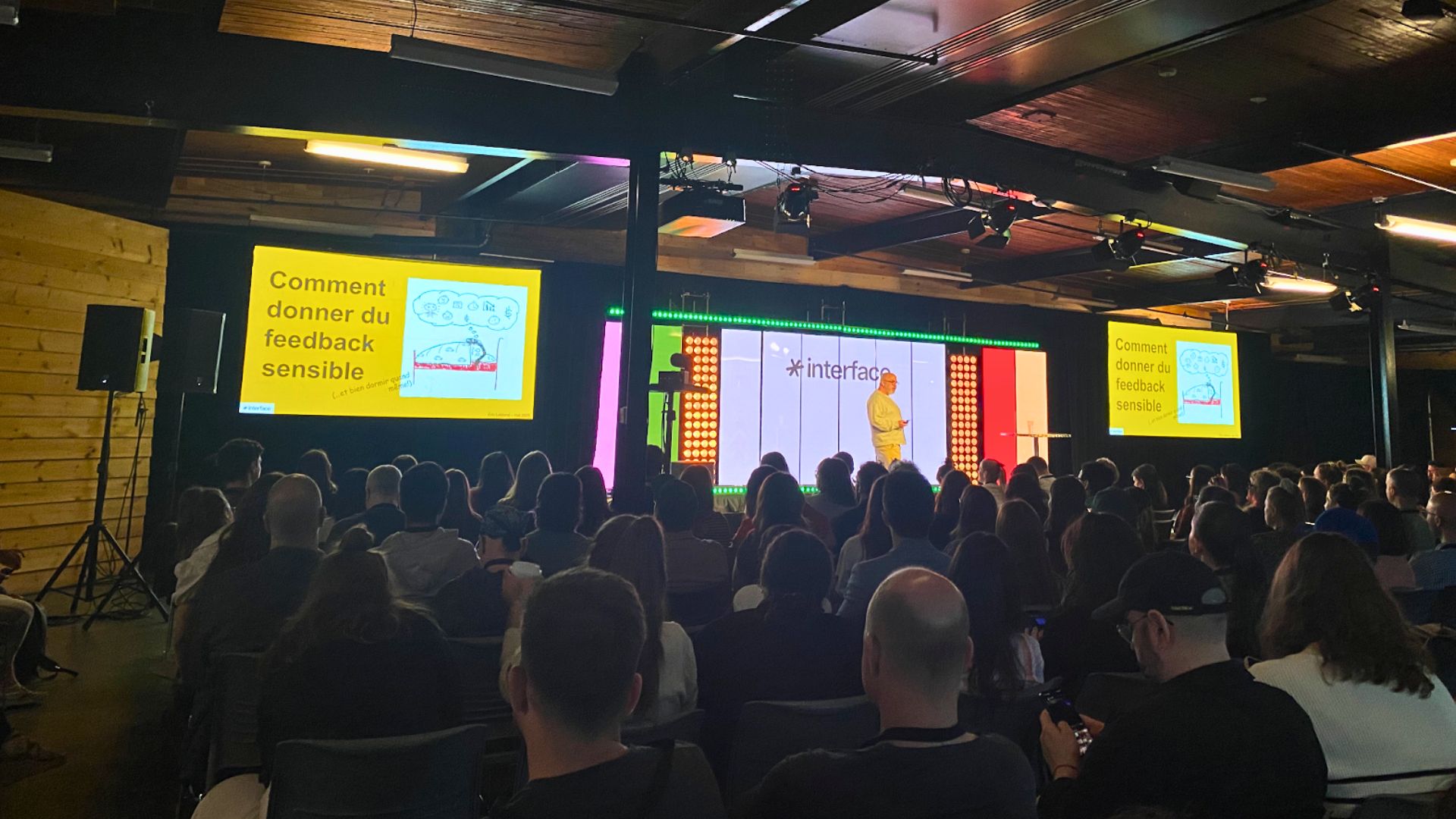Par Crystena A. H. Parker-Shandal, Ph.D., professeur à l’Université de Waterloo, et Tamara A Bolotenko, VP of Citizenship, Toronto French School – Canada’s International School
Le Canada a répondu à l’invasion récente en Ukraine en accueillant une petite minorité des personnes déplacées de leur pays. Lorsque des jeunes déplacés arrivent dans les écoles canadiennes, leur expérience peut être teintée par des idées préconçues, des préjugés et des préceptes sur les façons de les accueillir.
Les réfugiés d’autres pays continuent d’être frappés par la guerre, les conflits, la famine ou d’autres atrocités. Même si cette fiche d’information porte principalement sur les enfants ukrainiens, il est essentiel que les éducateurs soient également attentifs au sort des réfugiés issus d’autres parties du globe et se montrent prudents dans la façon dont ils abordent la situation des personnes déplacées qui se réfugient au Canada.
| Être conscient des différents éléments associés aux traumatismes | – L’invasion russe de l’Ukraine a commencé le 20 février 2014. – Les enfants ukrainiens sont traumatisés à répétition depuis près d’une décennie. – L’Ukraine retrace dans son histoire des siècles d’impérialisme russe et des tentatives d’assimilation, de colonisation et de génocide. – Outre la peur, l’inquiétude et d’autres sentiments associés aux traumatismes, certains Ukrainiens se sentent également honteux et coupables d’avoir survécu et d’avoir laissé derrière leurs proches, surtout des hommes en âge d’être enrôlés dans l’armée. L’apprentissage socioémotionnel tenant compte des traumatismes à l’échelle scolaire et les pratiques d’enseignement de la justice réparatrice soutiendront ces élèves et tous les autres enfants. |
| Tenir compte des expériences des familles ukrainiennes | – Grâce à l’autorisation de voyage d’urgence Canada-Ukraine, la plupart des Ukrainiens sont au Canada de façon temporaire (maximum de trois ans) pour y travailler ou étudier jusqu’à ce qu’ils puissent retourner en toute sécurité dans leur pays. Ils ne bénéficient pas du statut de réfugiés ni des services qui y sont rattachés. – Les parents n’ont pas droit à des cours de langue fournis par le gouvernement. – Certains élèves suivent toujours des cours en ligne de l’Ukraine en plus d’aller à l’école au Canada. – Certains parents ukrainiens sont d’avis que l’éducation ukrainienne est plus rigoureuse. Ce constat, conjugué à leur séjour de courte durée au Canada, peut les rendre plus réticents à faire valoir les besoins de leurs enfants. |
| Quelques remarques sur la langue | – La langue et la culture ukrainiennes ont été interdites pendant de longues périodes durant le règne de l’URSS. Pour cette raison, de nombreux Ukrainiens ont comme langue maternelle le russe. – Les langues slaves, dont le russe et l’ukrainien, utilisent différentes formes de l’alphabet cyrillique. Pour apprendre le français ou l’anglais, ou les deux, les enfants ukrainiens devront aussi apprendre l’alphabet latin ainsi que ses règles phonétiques et grammaticales. |
| Utiliser un vocabulaire factuel | – Mots à éviter : conflit, situation, problème. – Mots à employer : invasion russe de l’Ukraine, génocide russe des Ukrainiens. |
| Quoi répondre aux enfants qui posent des questions concernant l’invasion russe en Ukraine | – Utiliser un vocabulaire et des réponses adaptés à l’âge de l’enfant. – Porter attention à l’état d’esprit de l’enfant (on peut lui demander comment il se sent par rapport à cette guerre, l’écouter avec empathie et faire preuve de compassion en lui donnant une réponse factuelle). – Il est toutefois encore plus important de ne pas tenter d’expliquer ce que vous ne comprenez pas. – Lorsqu’on s’adresse aux jeunes enfants du primaire, leur répondre simplement, en donnant des faits et en gardant son calme, par exemple : « Les personnes responsables en Russie font du mal à la population ukrainienne ». On peut aussi rediriger l’attention des très jeunes enfants vers d’autres sujets. – Lorsqu’on s’adresse à élèves du niveau intermédiaire (premières années du secondaire au Québec), on peut amener dans la discussion des exemples factuels de l’histoire (voir les ressources ci-dessous) et inviter les élèves à se mettre dans la peau des Ukrainiens. – Lorsqu’on s’adresse aux élèves plus âgés du secondaire, il est approprié d’explorer avec eux ce qu’ils savent de l’invasion et de faire intentionnellement le point sur les informations erronées qui pourraient renforcer les messages de haine ou de discrimination (voir les ressources ci-dessous). |
From Conflict Zones to Classrooms: How can educators facilitate inclusion for Ukrainian students fleeing the war?, C. Parker-Shandal, K. Lake Berz et al. Education Canada, vol. 62, no 2, 2022 www.edcan.ca/articles/from-conflict-zones-to-classrooms
The Making of Modern Ukraine, Timothy Snyder. Série vidéo gratuite de l’Université Yale, 2022. https://online.yale.edu/courses/making-modern-ukraine
Ukrainian Nonviolent Civil Resistance in the Face of War, Felip Daza Sierra, 2022.
https://drive.google.com/file/d/1lqa9gUDljxFdP9YdgJ2S6Y0JjKib4-J-/view
What does ‘Westplaining’ do to the Russia-Ukraine narrative? Sur le site Qrius, 2022.
https://qrius.com/what-does-westplaining-do-to-the-russia-ukraine-narrative
‘Pre-bunking’ shows promise in fight against misinformation, David Klepper, 2022.
https://phys.org/news/2022-08-pre-bunking-misinformation.html
Produit par Réseau ÉdCan, Toronto French School et University of Calgary.
La série « Les faits en éducation » est produite grâce au généreux parrainage de l’Association canadienne des commissions/conseils scolaires. Pour plus de ressources en ligne et de références : www.edcan.ca/faits-en-education














